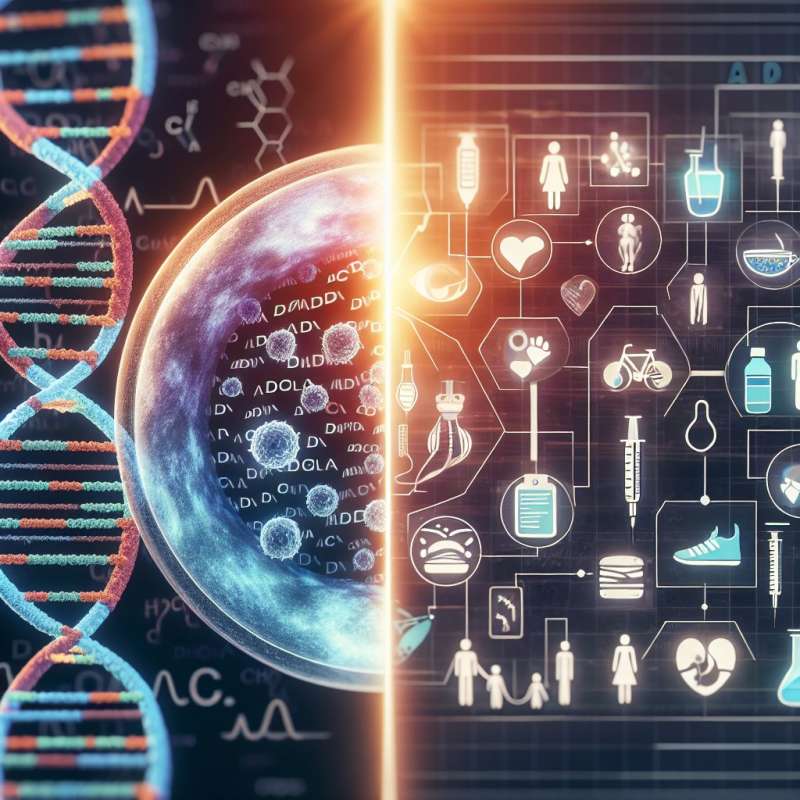
Diabetes Overview
Diabetes is a chronic disease affecting how your body turns food into energy. There are two main types: Type 1 and Type 2, each involving insulin but with different causes and management strategies.
Type 1 Diabetes Basics
Type 1 diabetes is an autoimmune condition where the pancreas produces little to no insulin. It's often diagnosed in children and young adults and is not linked to lifestyle or diet.
Type 2 Diabetes Basics
Type 2 diabetes, the more common type, occurs when the body becomes resistant to insulin or the pancreas cannot make enough. It's often associated with older age, obesity, and inactivity.
Genetic Differences
Certain genes increase the risk of developing Type 1 diabetes, often unrelated to family lifestyle. Type 2 diabetes has a stronger link to family history and heritage, alongside lifestyle factors.
Insulin Dependency
Type 1 diabetes always requires insulin therapy, as the body cannot produce it. In contrast, Type 2 can sometimes be managed with diet, exercise, and oral medications, but may also require insulin.
Diagnosis and Onset
Type 1 diabetes typically manifests quickly and at a younger age. Type 2 diabetes develops more slowly and is often diagnosed in adults, sometimes years after its onset.
Immune System Involvement
In Type 1 diabetes, the immune system mistakenly attacks pancreatic beta cells. Surprisingly, recent research suggests that the immune system might also play a role in Type 2 diabetes development.
What is diabetes?
Energy conversion disorder
Infection affecting the lungs
Stomach digestion disease
Company